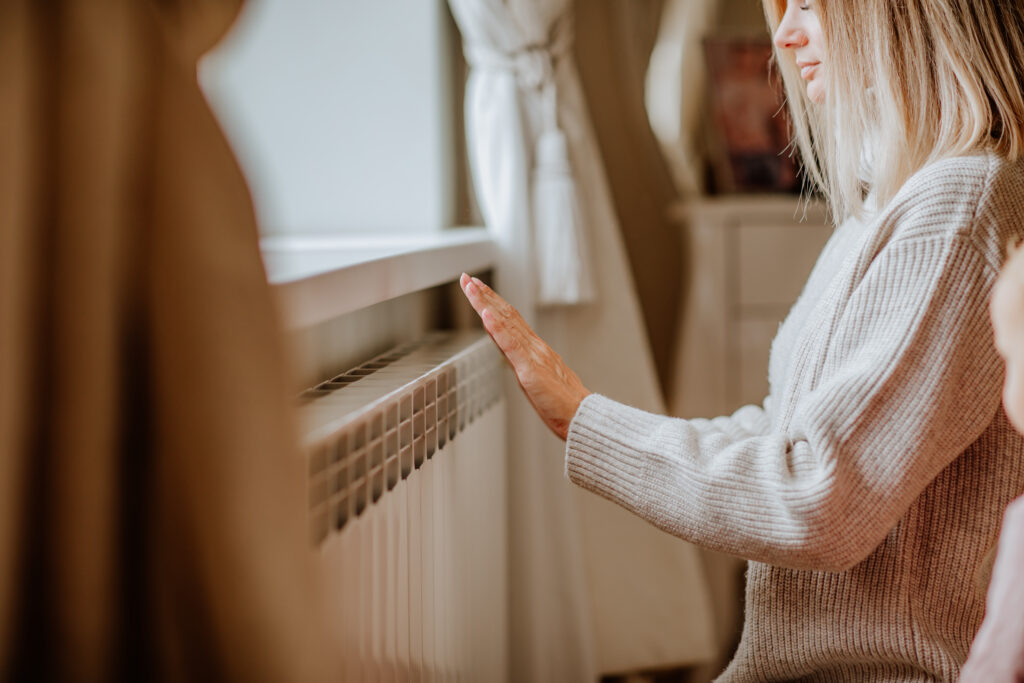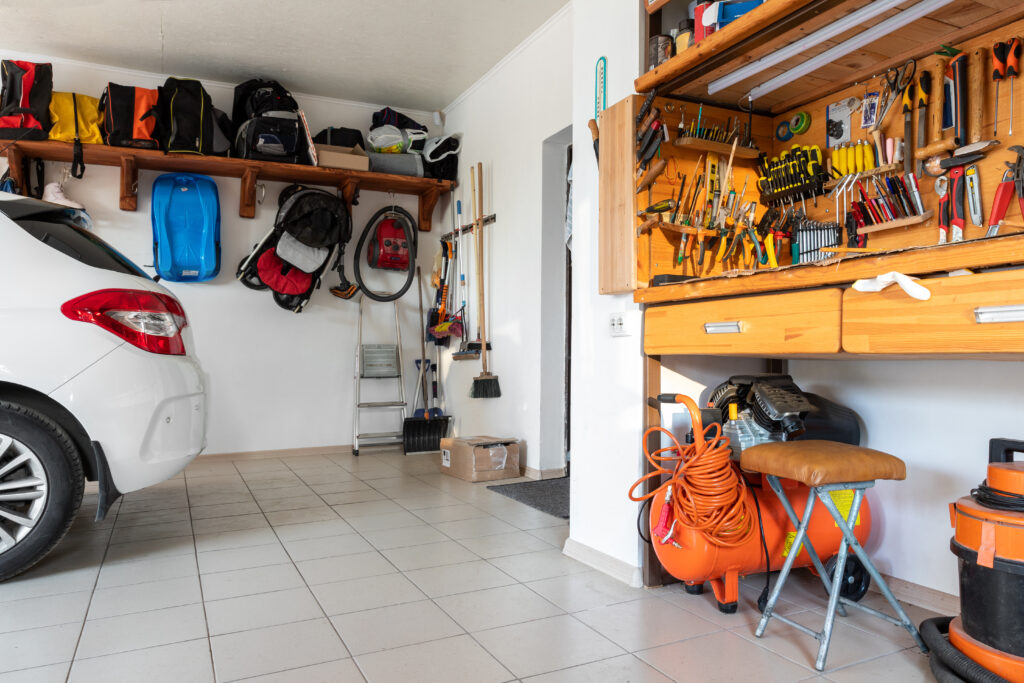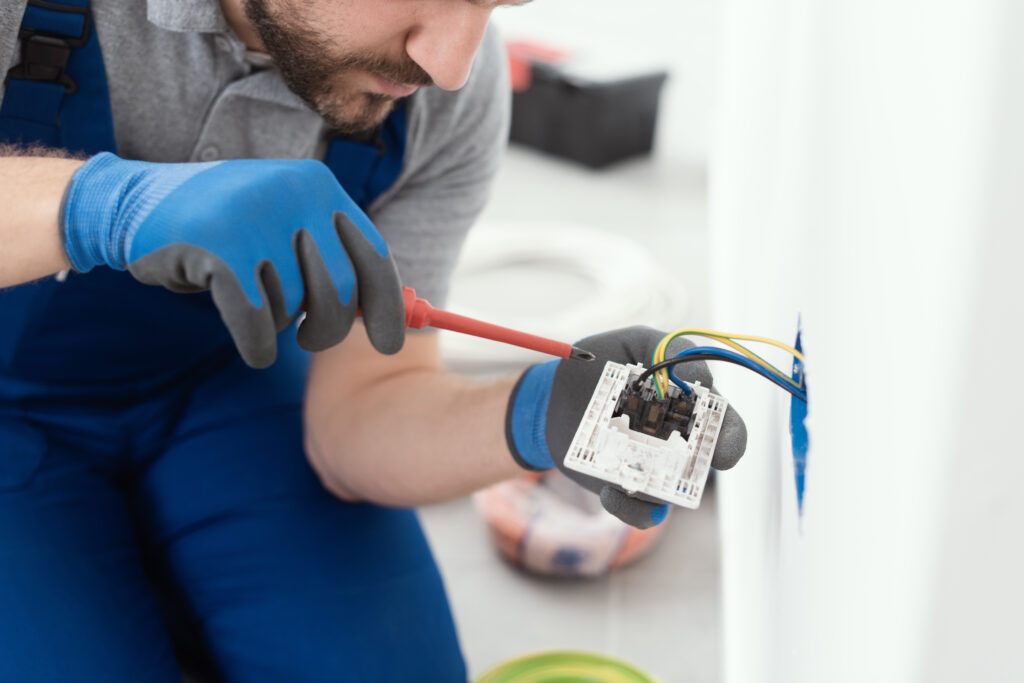Understanding HVAC Systems: The Heartbeat of Modern Home Comfort
Alright, so let’s talk HVAC—Heating, Ventilation, and Air Conditioning. Yeah, that all-in-one system that miraculously keeps you warm in February and cool in July. Most of us just hit the thermostat and go about our day, but there’s a whole lot happening behind that little wall unit. Whether you’re a first-time buyer figuring out what that buzzing sound in your basement is, or a longtime homeowner eyeing an upgrade, understanding how your HVAC system works can save you time, money, and maybe your sanity. And hey, it might even impress your in-laws when they visit and ask why it’s suddenly toasty without the fireplace.
What is an HVAC System and How Does it Work?
Let’s start with the basics. HVAC stands for Heating, Ventilation, and Air Conditioning. It’s not just a fancy acronym—it’s the engine room of your home’s indoor environment. Your HVAC system controls temperature, drives airflow, and even regulates indoor air quality. Inside that setup, you’ll generally find a furnace, an air conditioner, ductwork, vents, and a thermostat. And depending on your setup and how modern everything is, you might also have things like heat pumps, humidifiers, air purifiers, or even smart thermostats that seem way too intelligent for their own good.
In a heating cycle, your HVAC system pulls in cold air, warms it using a heat source (like a furnace or heat pump), then circulates it through your home using ducts and vents. Cooling does the opposite—it takes warm air from your home, chills it using refrigerant, and sends it right back through your vents. The ventilation bit? That’s about airflow and keeping fresh air circulating, which seems especially important when your home is your office, your gym, and your everything these days.
Key Benefits of an HVAC System in Your Home
Okay, so besides comfort—because being hot when it’s cold and cold when it’s hot is obviously preferred—your HVAC system serves some seriously important roles. First up: energy efficiency. A well-maintained HVAC unit works smarter, not harder, keeping both your home and your utility bill in good shape. Consistent air quality is another win, especially for households with kids, allergies, or, frankly, just anyone who breathes.
Then there’s the resale factor. A properly working HVAC system can be a deal-maker when you’re selling your home. Buyers can deal with bad paint color, but a system making weird noises at 2 a.m.? That’s a nope. And perhaps we don’t say this enough, but climate control contributes to your overall well-being—better sleep, stable moods, fewer arguments about being too hot or too cold. The simple stuff really matters.
Common Drawbacks and Pain Points to Watch For
Now, let’s not sugarcoat it—HVAC systems can be a little high-maintenance. And when they go wrong, oh boy, they go wrong at the worst possible time. We’re talking New Year’s Eve-level breakdowns in the middle of a snowstorm kind of timing. Common issues include filter clogs, thermostat malfunctions, refrigerant leaks, and, more dramatically, full system failures. These things don’t come cheap either. Replacing a furnace or AC unit can cost thousands. Not including the stress-eating that comes with the bill.
Another pain point is noise. If your system is clanking, wheezing, or humming like it’s trying to communicate with aliens—something’s up. A good rule of thumb: if your HVAC makes a sound that could be used in a horror movie, call someone. Oh, and don’t overlook air duct issues. Poor insulation or dirty ducts not only hurt efficiency but can make your air quality worse, not better. Yikes.
When to Repair vs When to Replace Your HVAC
This is the question—replace or repair? And the answer is: it depends (sorry, annoying but true). If your HVAC system is under ten years old and only needs minor fixes, repair is your best bet. But if it’s pushing 15 to 20 years and you’re calling the technician more often than your mom, it might be time to talk replacement. Modern systems are way more energy-efficient anyway—upgrading could mean lower monthly bills and a smaller carbon footprint. You win. The planet wins. What’s not to like?
Some signs it may be time for a replacement: strange noises that won’t quit, rising energy bills, uneven room temperature, or just general unreliability. It’s like that car that refuses to start when you need it most—eventually, you have to stop jumping it and invest in a new one.
Maintenance Tips to Keep Your HVAC Running Like a Dream
OK, look, no one’s asking you to become an HVAC tech overnight, but basic maintenance? Totally doable. Start with filter changes. Seriously, change them every 30 to 90 days depending on pets, allergies, and airflow. Dirty filters burn out your system faster and reduce air quality. Not the vibe.
You should also schedule semi-annual professional checkups—ideally once before winter hits and again before summer shows up 90 degrees and uninvited. Clear debris from around outdoor units, keep vents unobstructed, and—this is important—don’t ignore odd smells or noises. Weird is never just “character” when it comes to home systems. It’s a warning sign.
How an HVAC System Fits into a Home Warranty Plan
This is where things get interesting. A lot of people don’t realize that a good home warranty plan can make all the difference with HVAC systems. Because let’s be honest, no one budgets for a furnace failure—and if you do, hats off, you are a unicorn. Home warranty plans, like the ones offered by Armadillo, typically cover major HVAC repairs and replacements. That means less out-of-pocket expense and a faster fix without scrambling to find a reliable technician when everyone else in town needs one too.
The key is to choose a provider that offers clear terms, fast service, and customizable plans so you’re getting exactly what you need—no fluff. Armadillo does this really well, by the way. Not to name-drop, but they are kind of changing the home warranty game. More on that in a sec.
Why Now is the Time to Consider an Armadillo Home Warranty
Alright, real talk. If you’ve got an HVAC system—especially one that’s out of its warranty period or pushing the ten-year mark—a home warranty plan is more than just peace of mind. It’s practical. With Armadillo, you get a smarter way to handle the not-so-sexy side of homeownership. We’re talking quick repairs, easy-to-use claim systems, and coverage that adapts to your needs. And because HVAC issues rarely happen at a convenient time, having a backup plan like this just makes sense. Like, why stress over a potential $5,000 repair when you could just… not?
Ready to make your home’s comfort future-proof? Check out Armadillo for more details or head straight to the plan builder to customize your protection today. Your HVAC (and your wallet) will thank you.


























